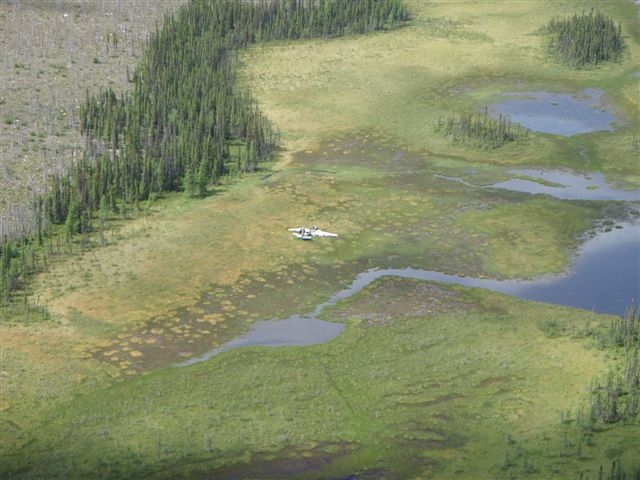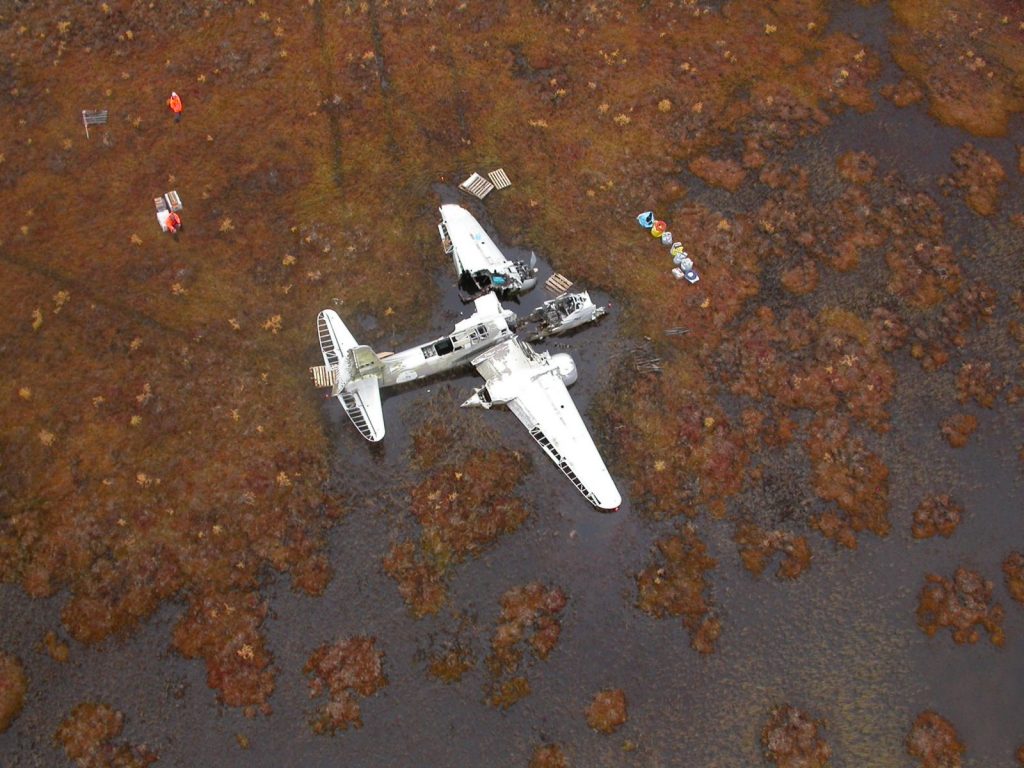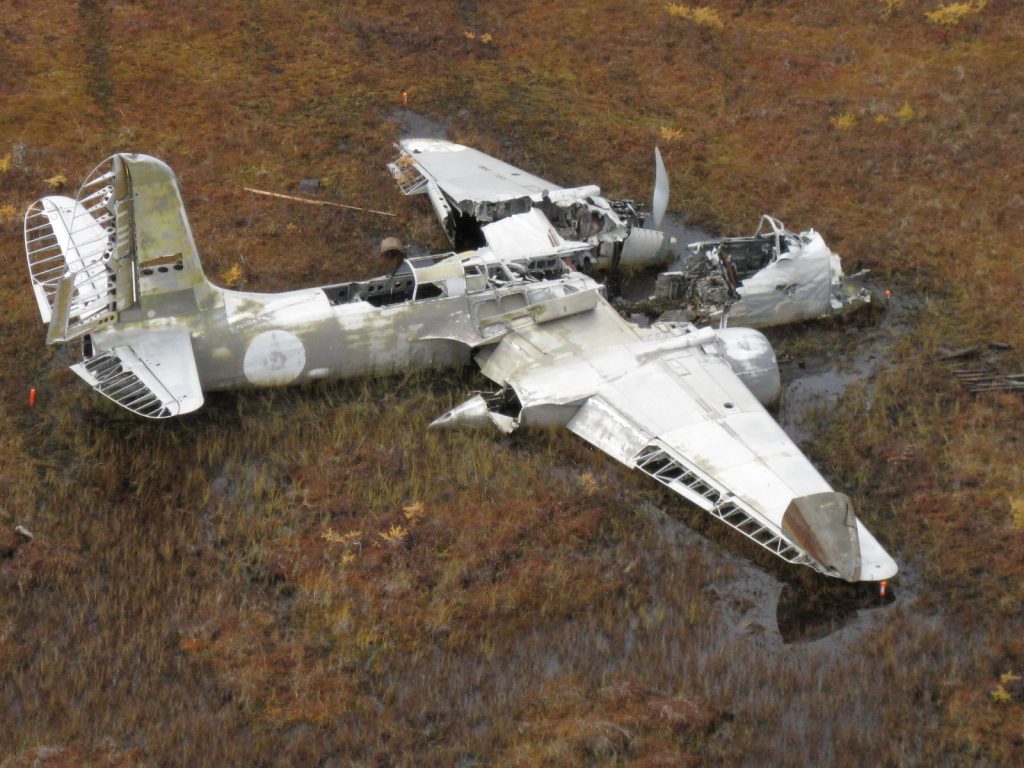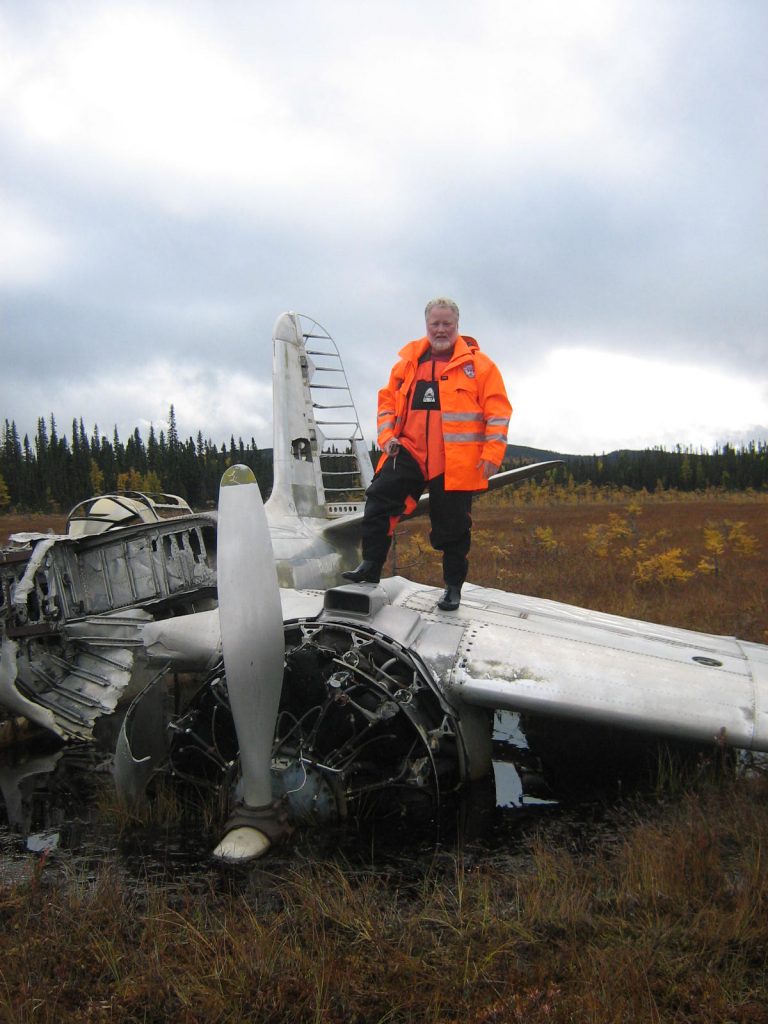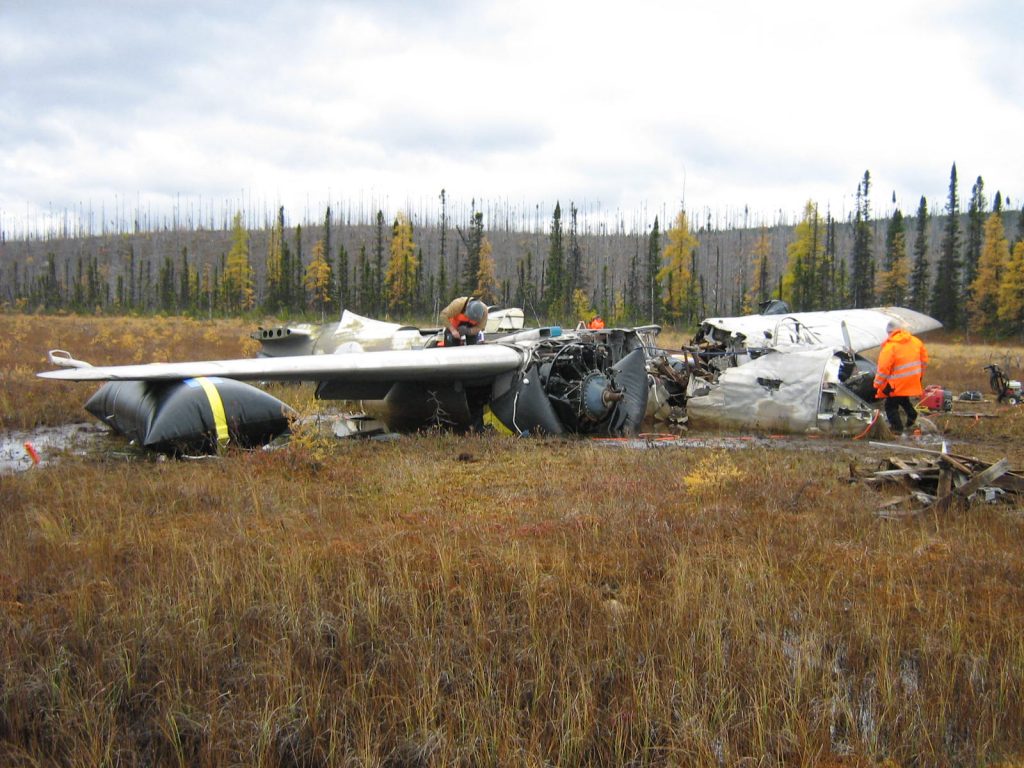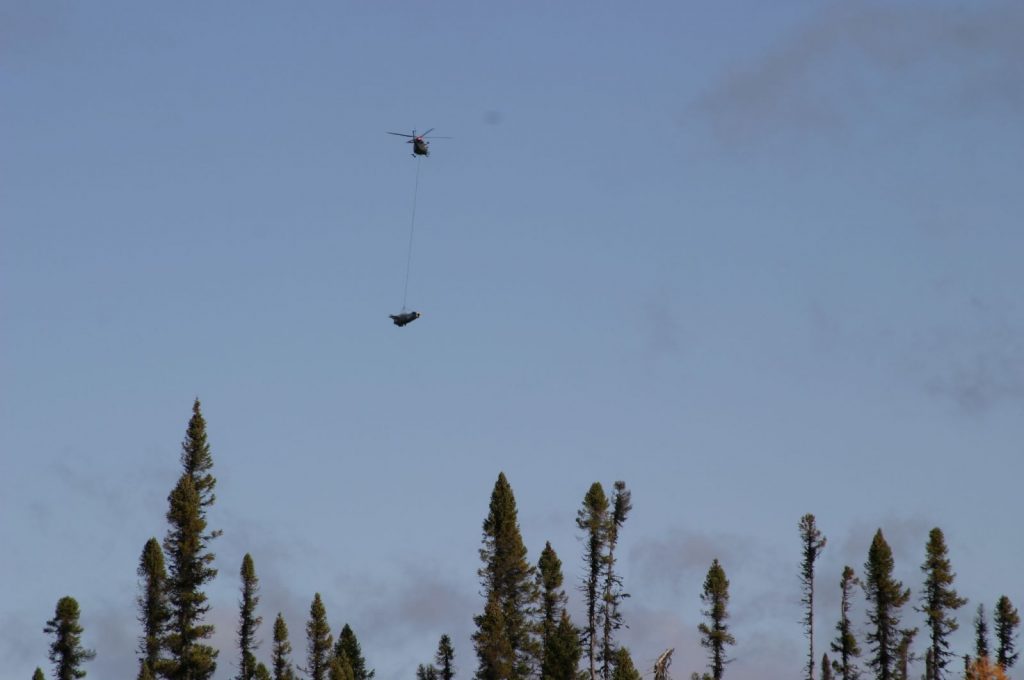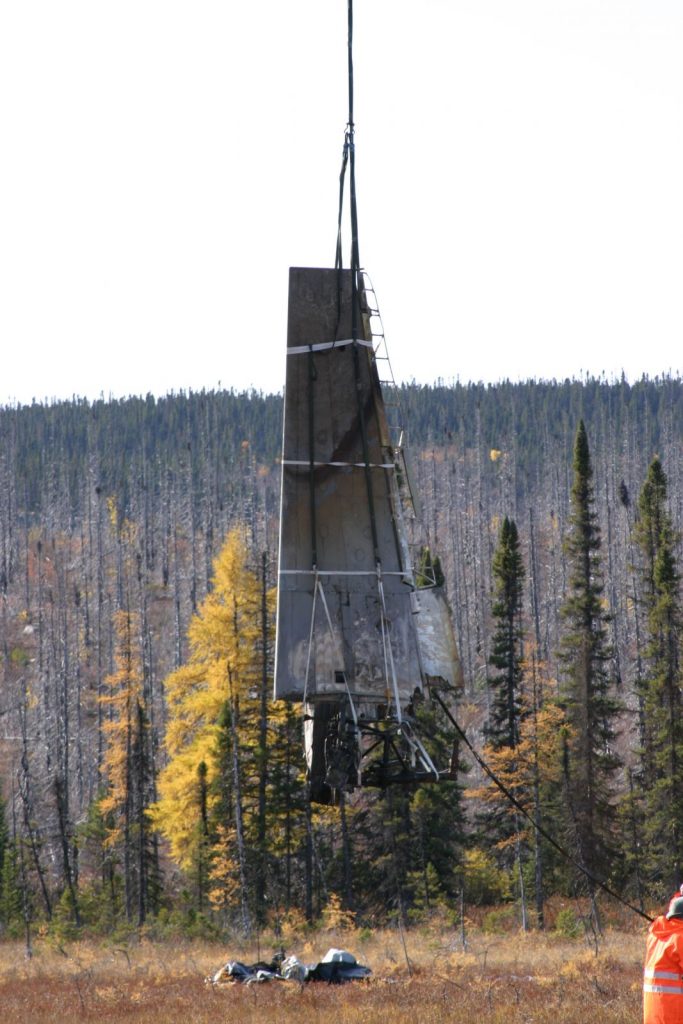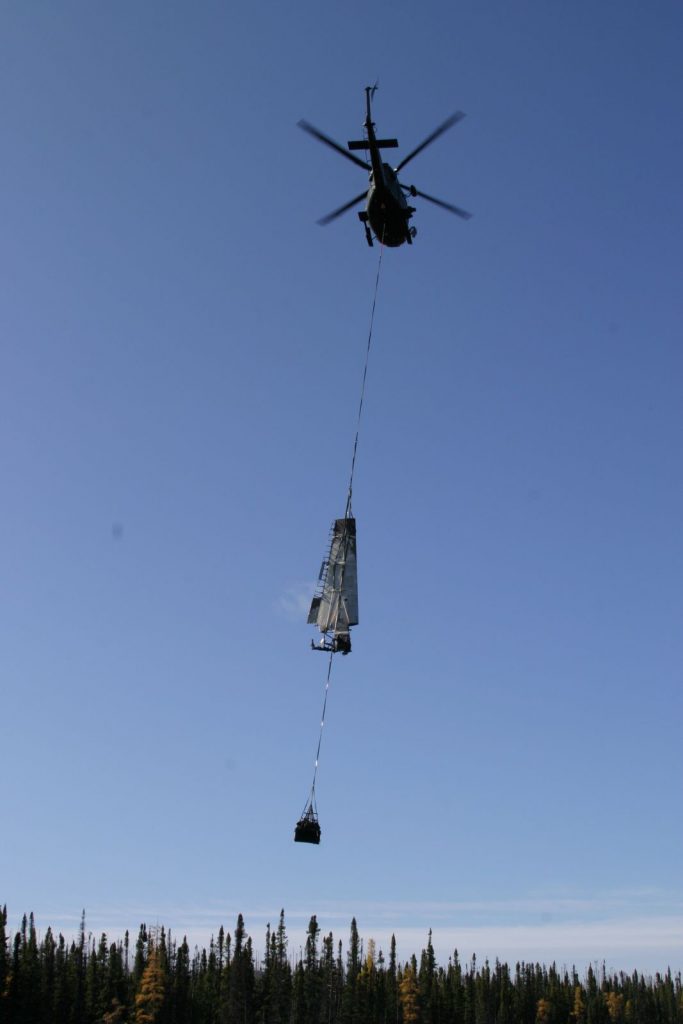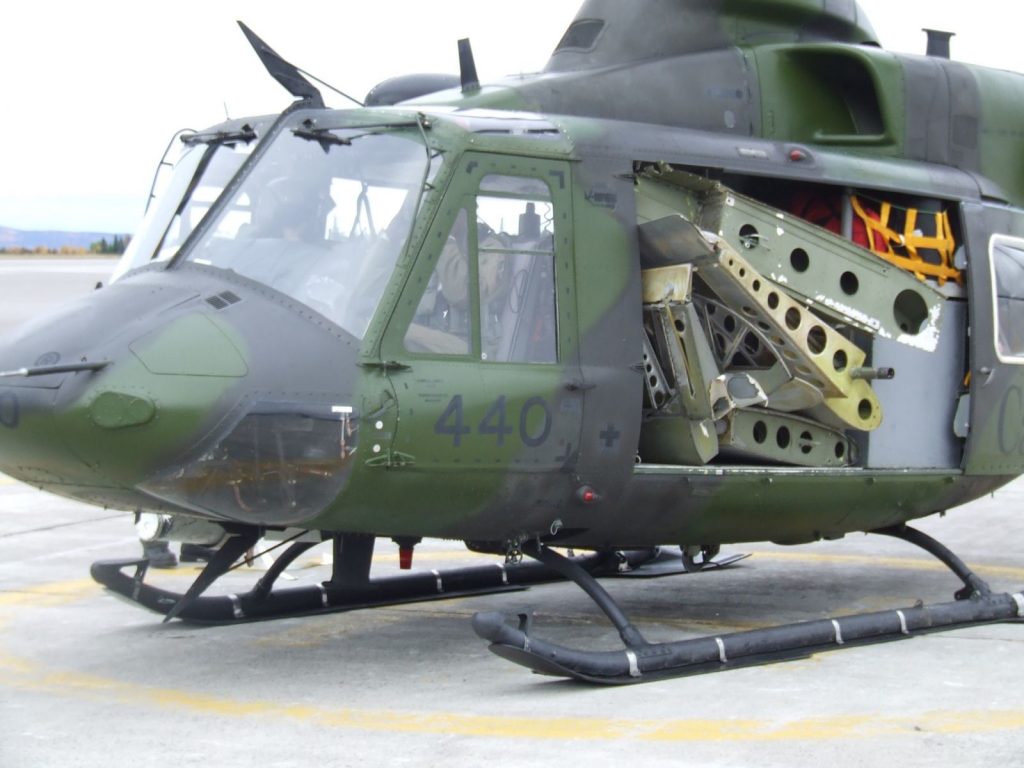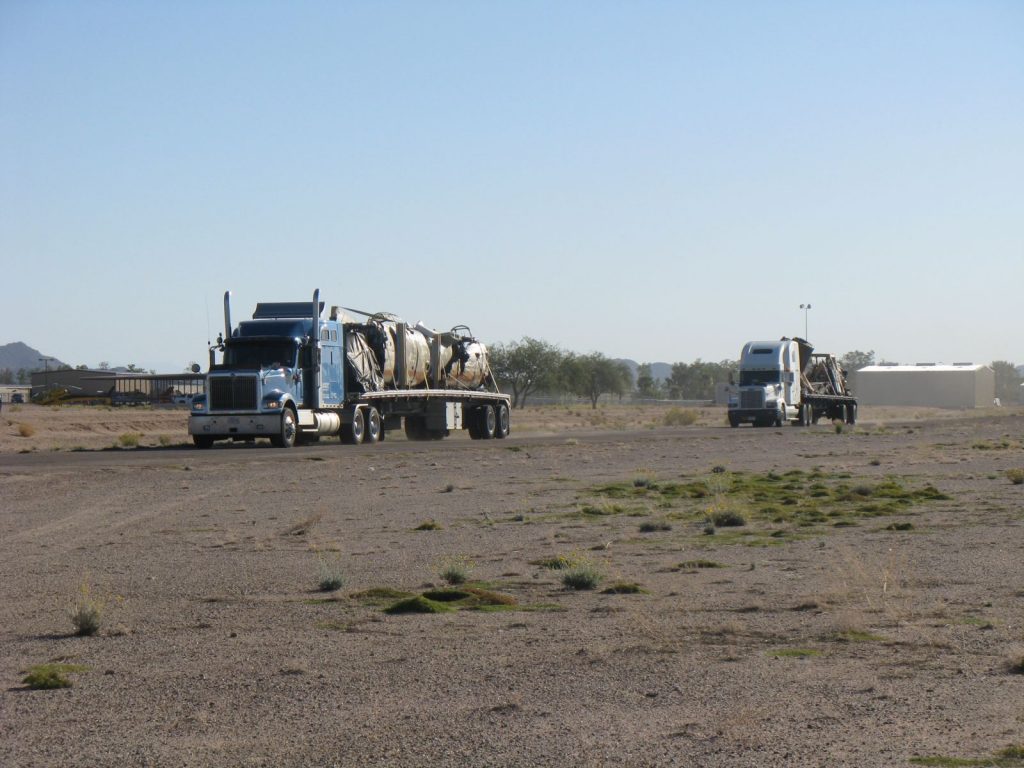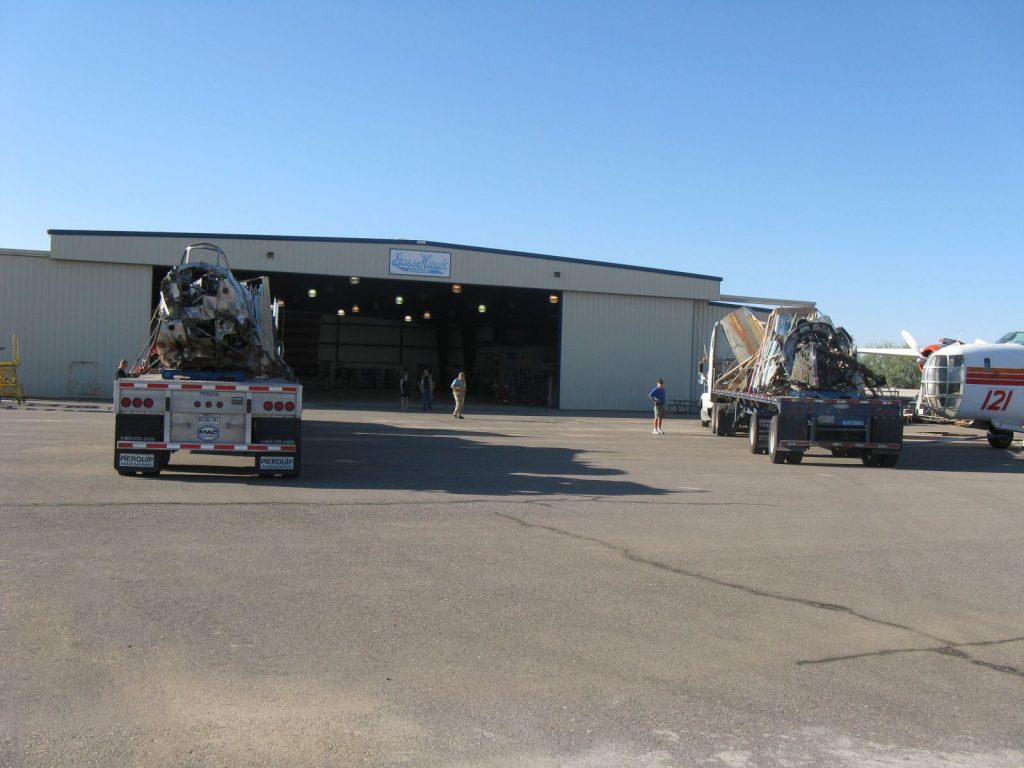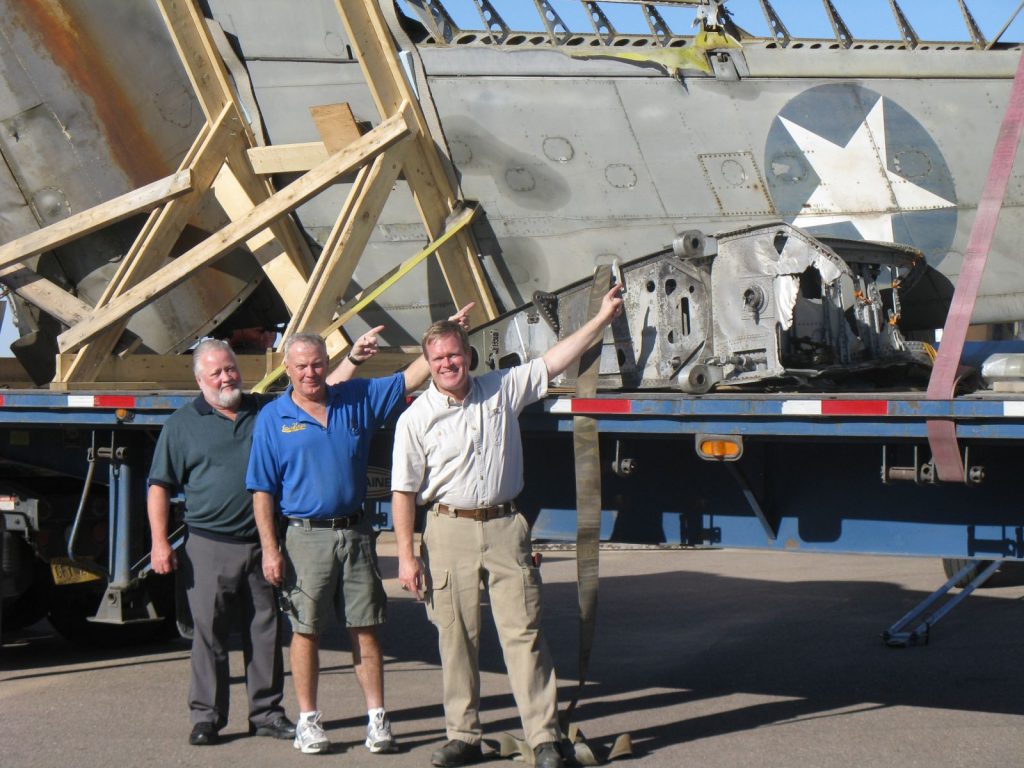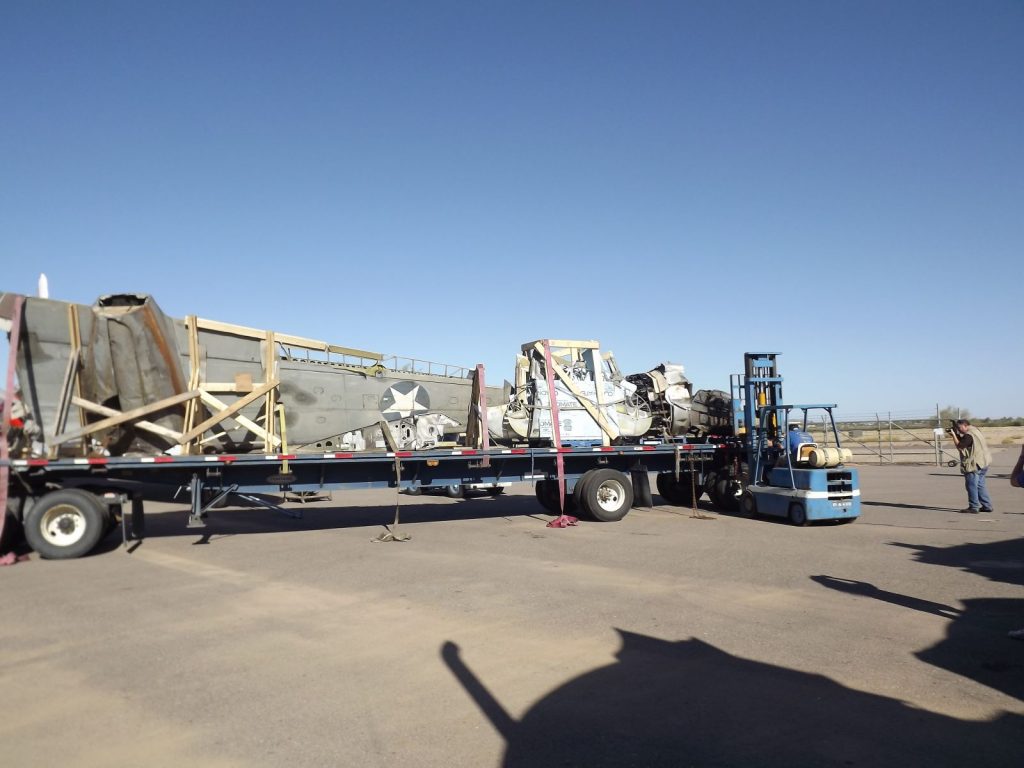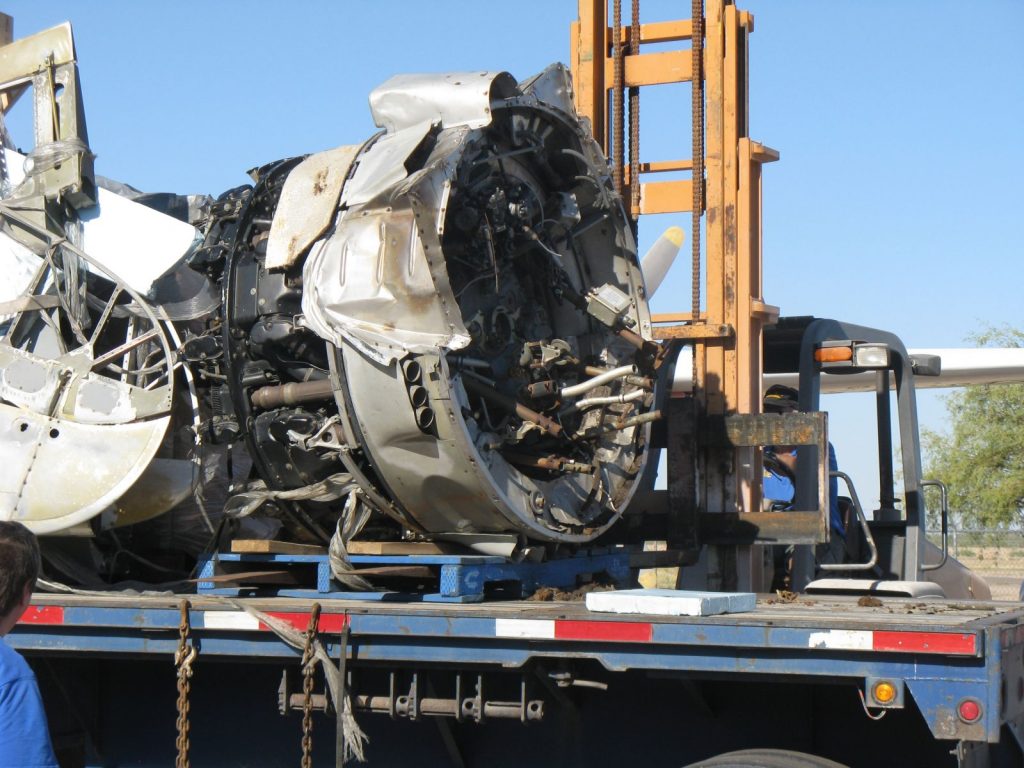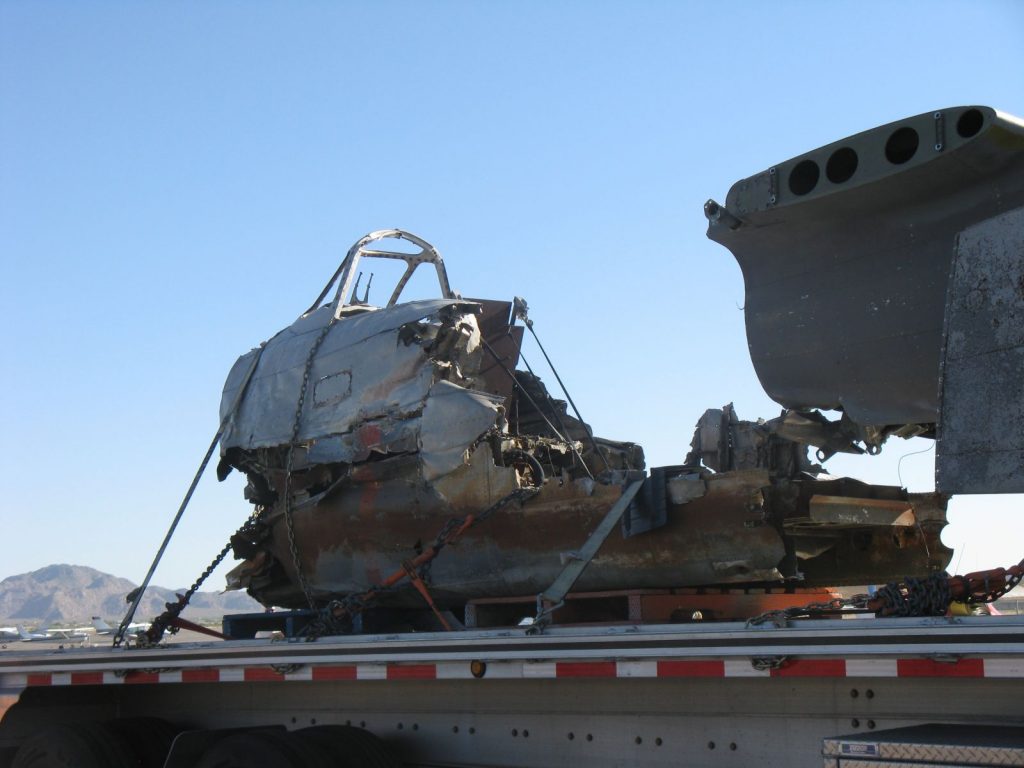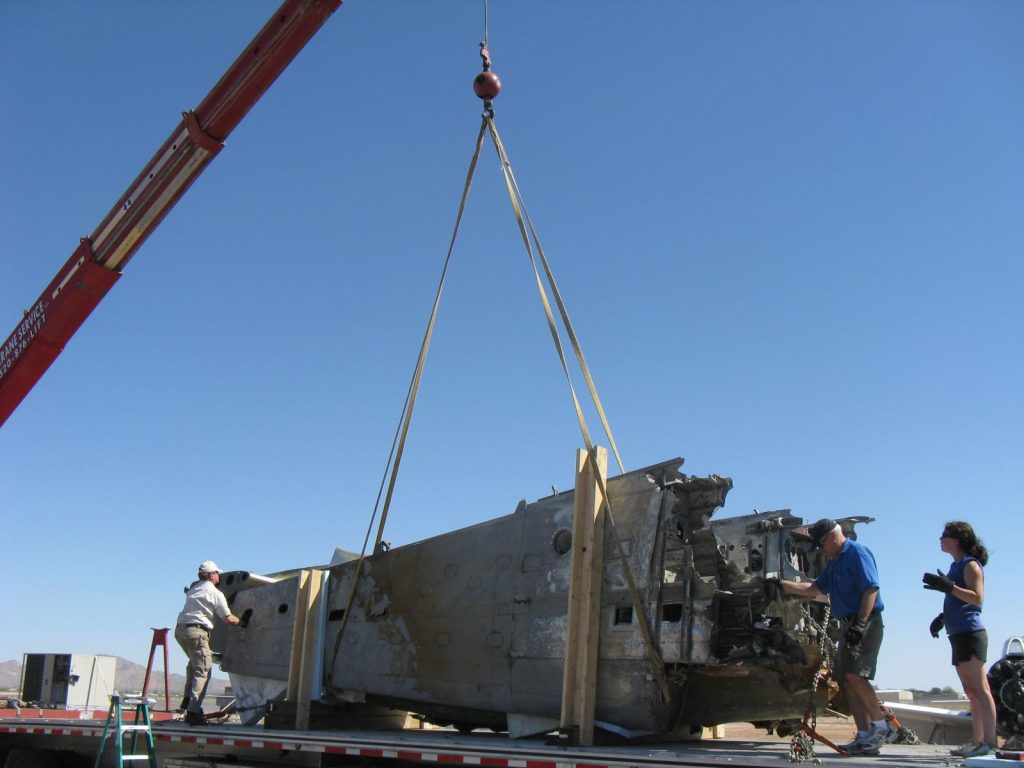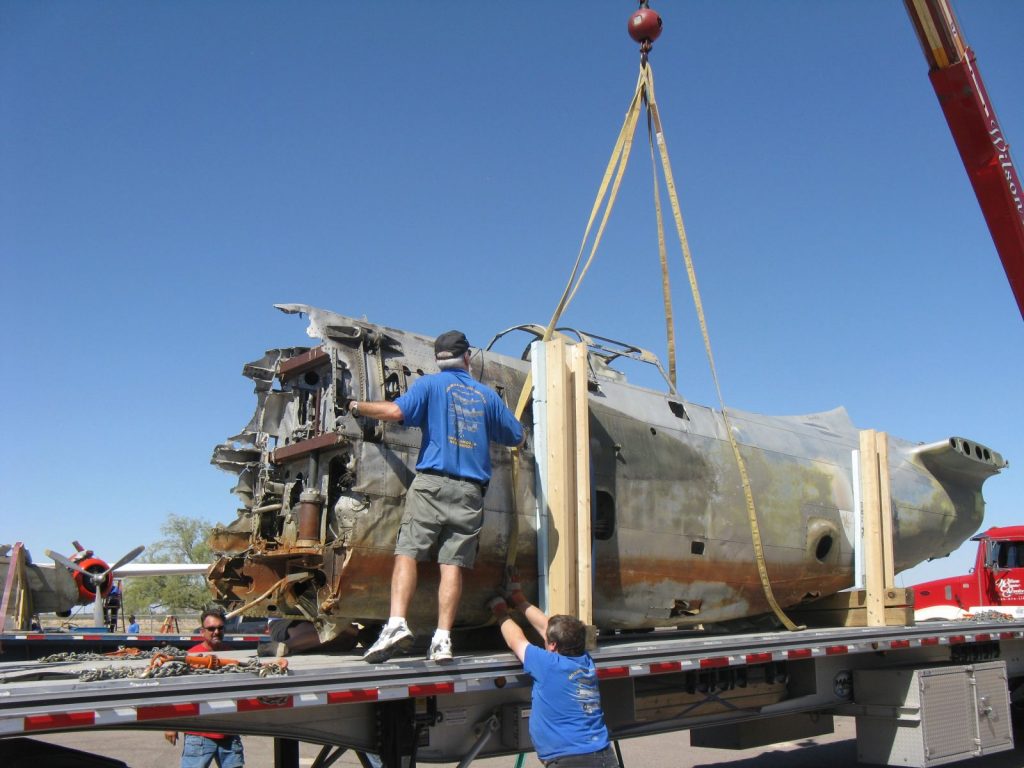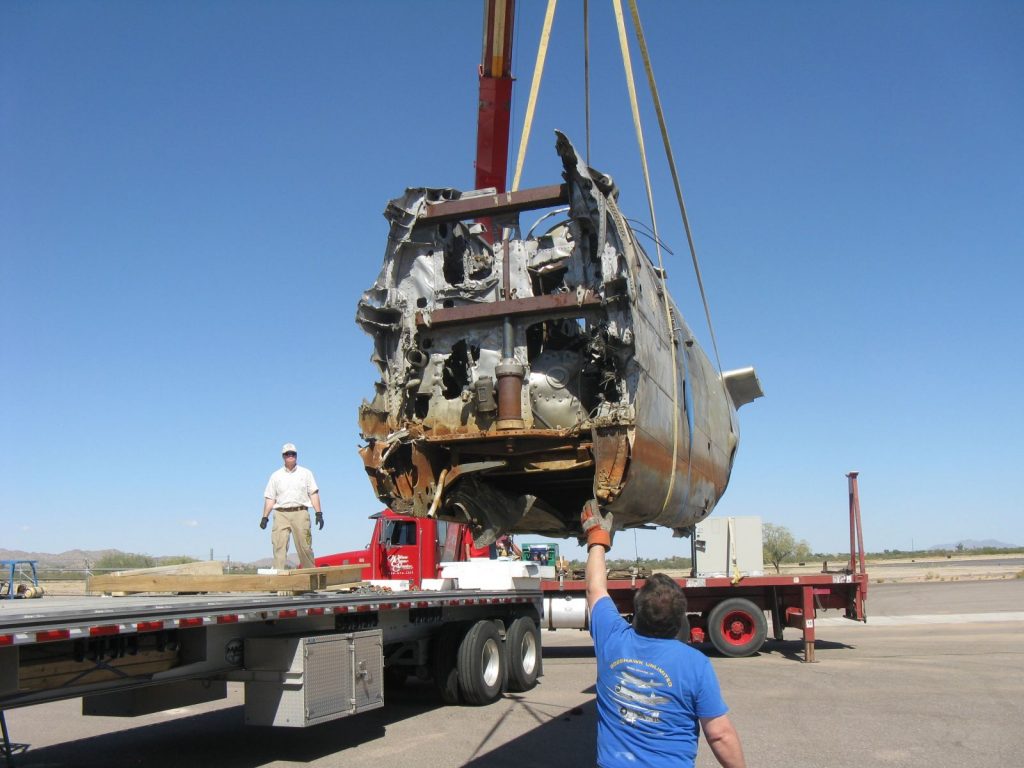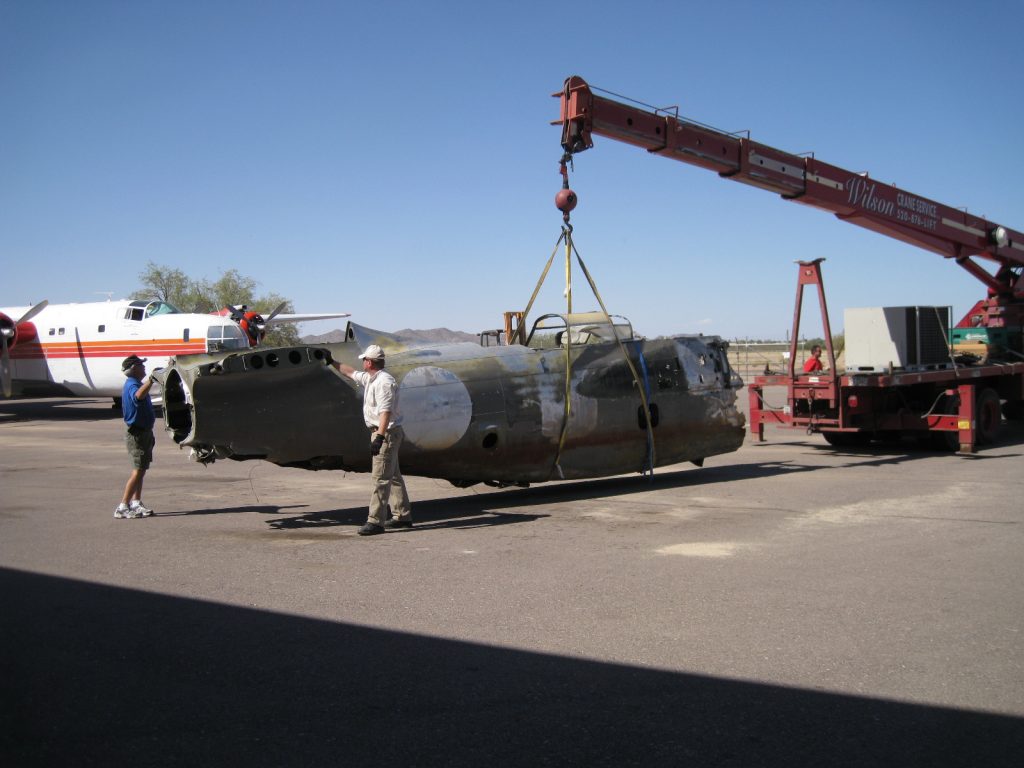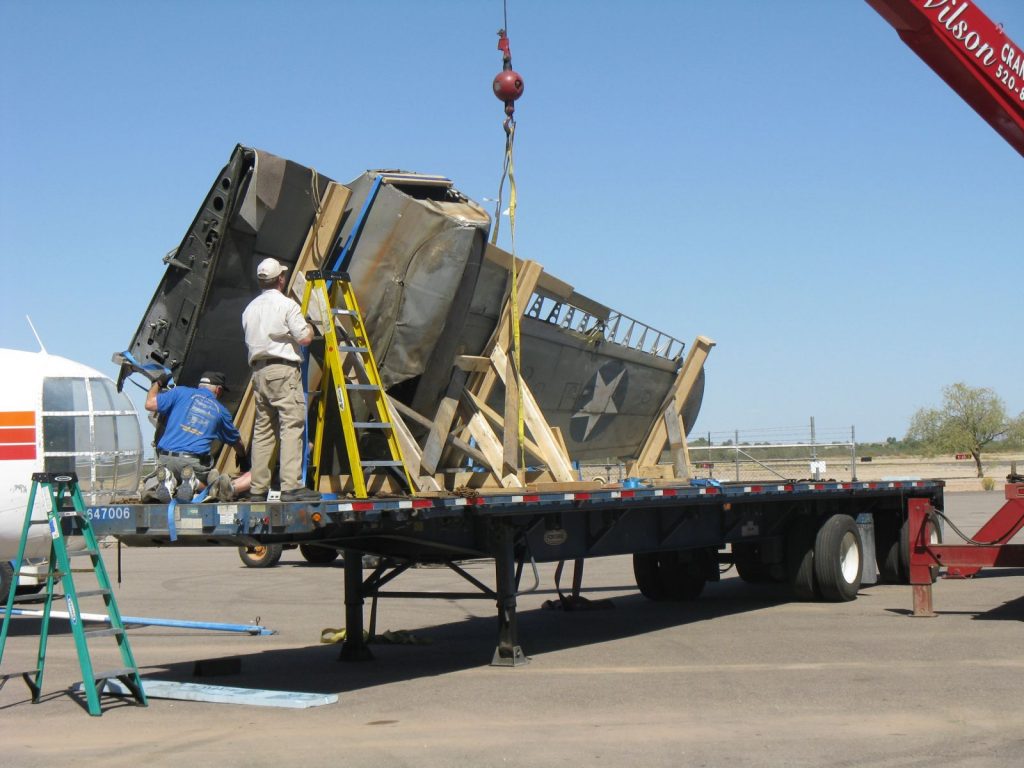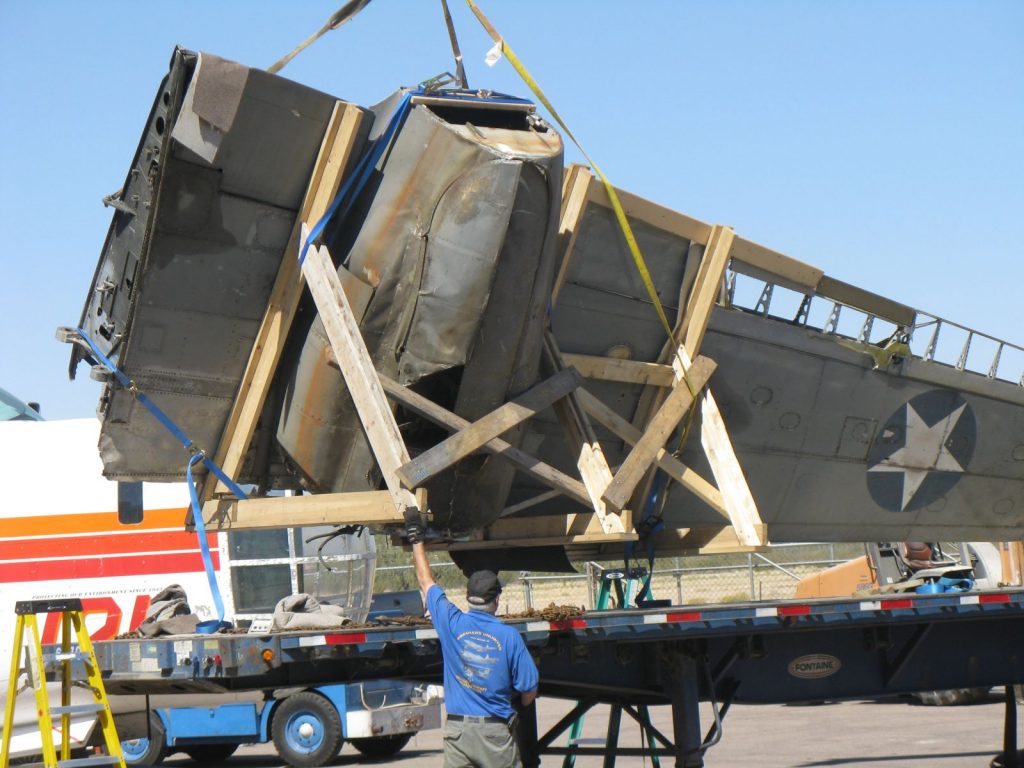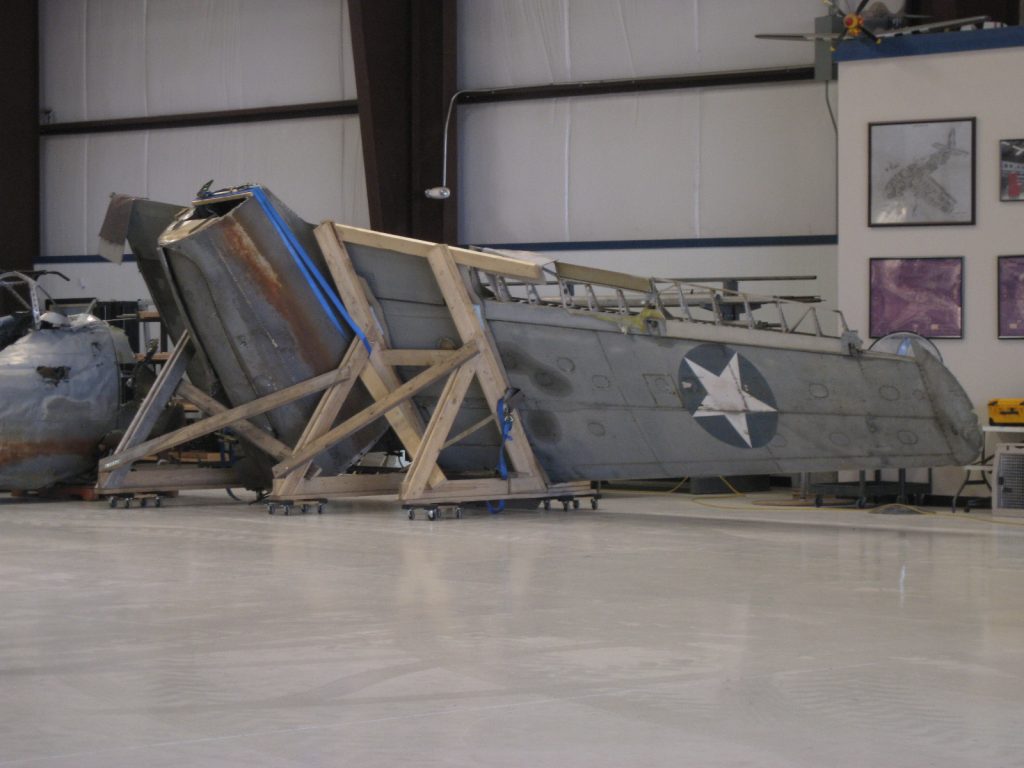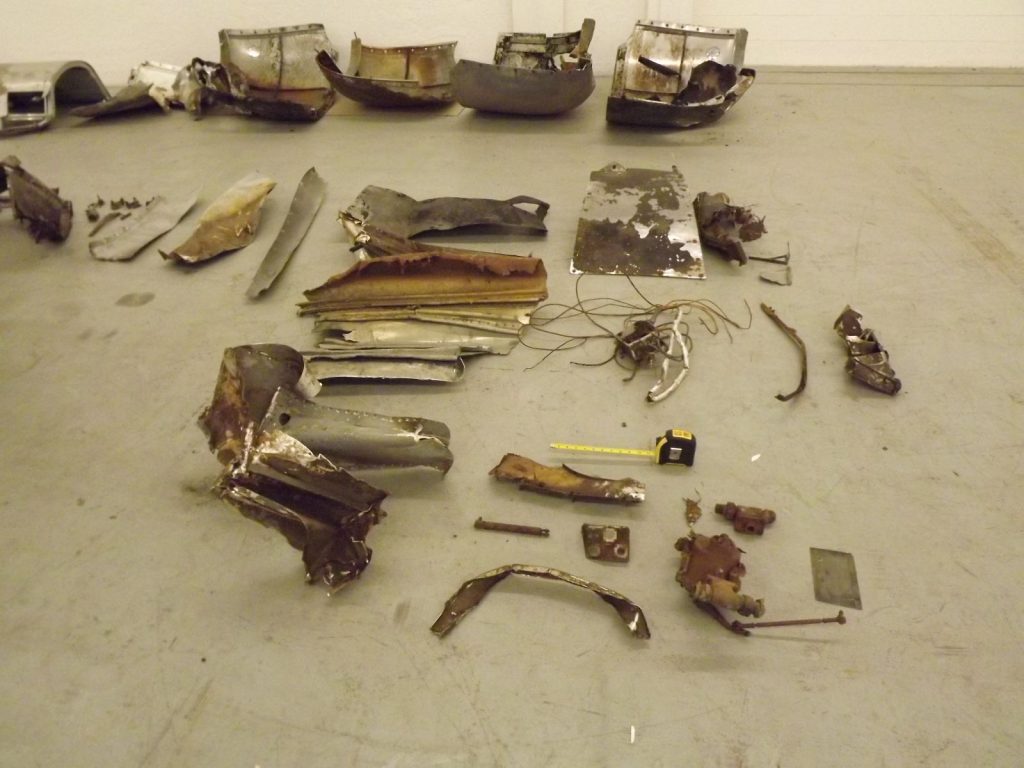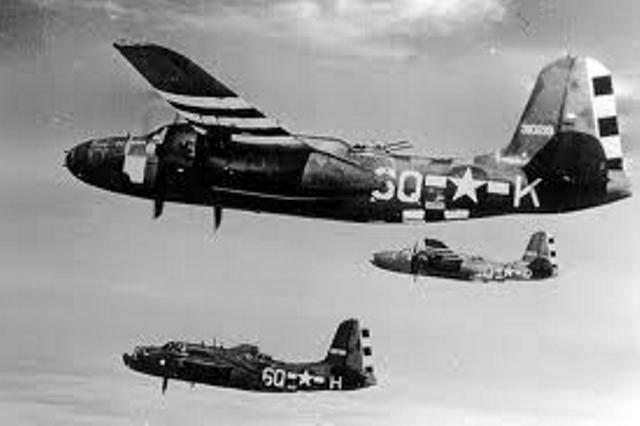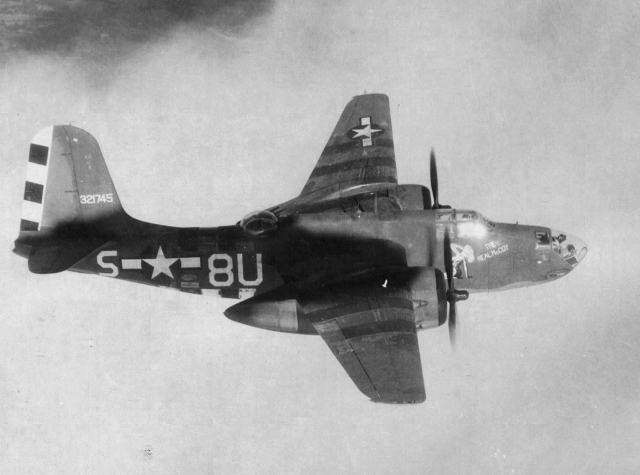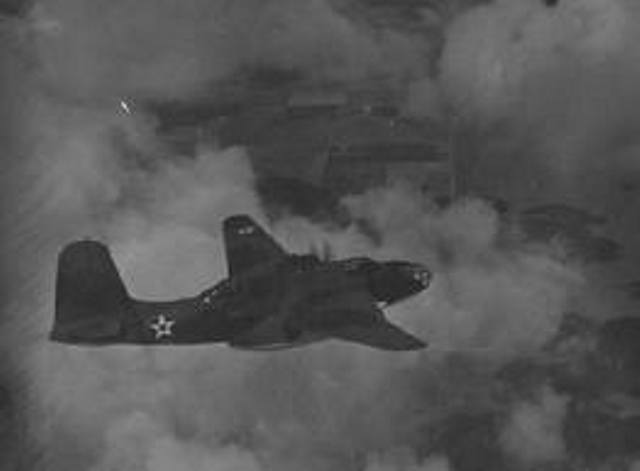Douglas A-20 Havoc
On October 10, 1942, while on a mission off the coast of Labrador Canada, a Douglas A-20 Havoc ran out of fuel and crash landed; the crew was rescued 3 days later. Until 2008, the aircraft sat undisturbed in a remote area accessible only by helicopter off the Little Mecatina River, 85 miles from Goose Bay.
After a 5 year recovery process that was led by Robert Mester and Mark Allen of Underwater Admiralty Sciences and onsite archaeologist Dr. Michael Deal of the Memorial University Newfoundland, the Havoc was loaded on trucks and headed for GossHawk Unlimited in Casa Grande, AZ. There it would be unloaded on October 10, 2012, 70 years to the day that the plane crashed.
Currently the aircraft is sitting at GossHawk Unlimited awaiting a new owner who would like the A-20 Havoc to be restored.
History of the Douglas A-20 Havoc
During WWII over 7,000 Douglas A-20 Havocs were built, which made it the most extensively built light bomber during the war. The A-20 performed well in a variety of roles no matter what theater of the war the airplane was deployed. Today there are less than 10 of the A-20 Havocs that can be found in museums around the world.
Variants of the Havoc
A-20D
A-20E
XA-20F
XF-3
YF-3
F-3A
O-53
P-70A-1
P-70A-2
P-70B-1
P-70B-2
Havoc Mk I “Pandora”
Havoc Mk III
Boston Mk III “Intruder”
Boston Mk III “Turbinlite”
Operators of the Douglas A-20 Havoc
🇦🇺 Australia
🇧🇪 Belgium
🇧🇷 Brazil
🇨🇦 Canada
🇫🇷 France
🇳🇱 Netherlands
🇨🇫 North Africa
🇿🇦 South Africa
Soviet Union
🇬🇧 United Kingdom
🇺🇸 United States

